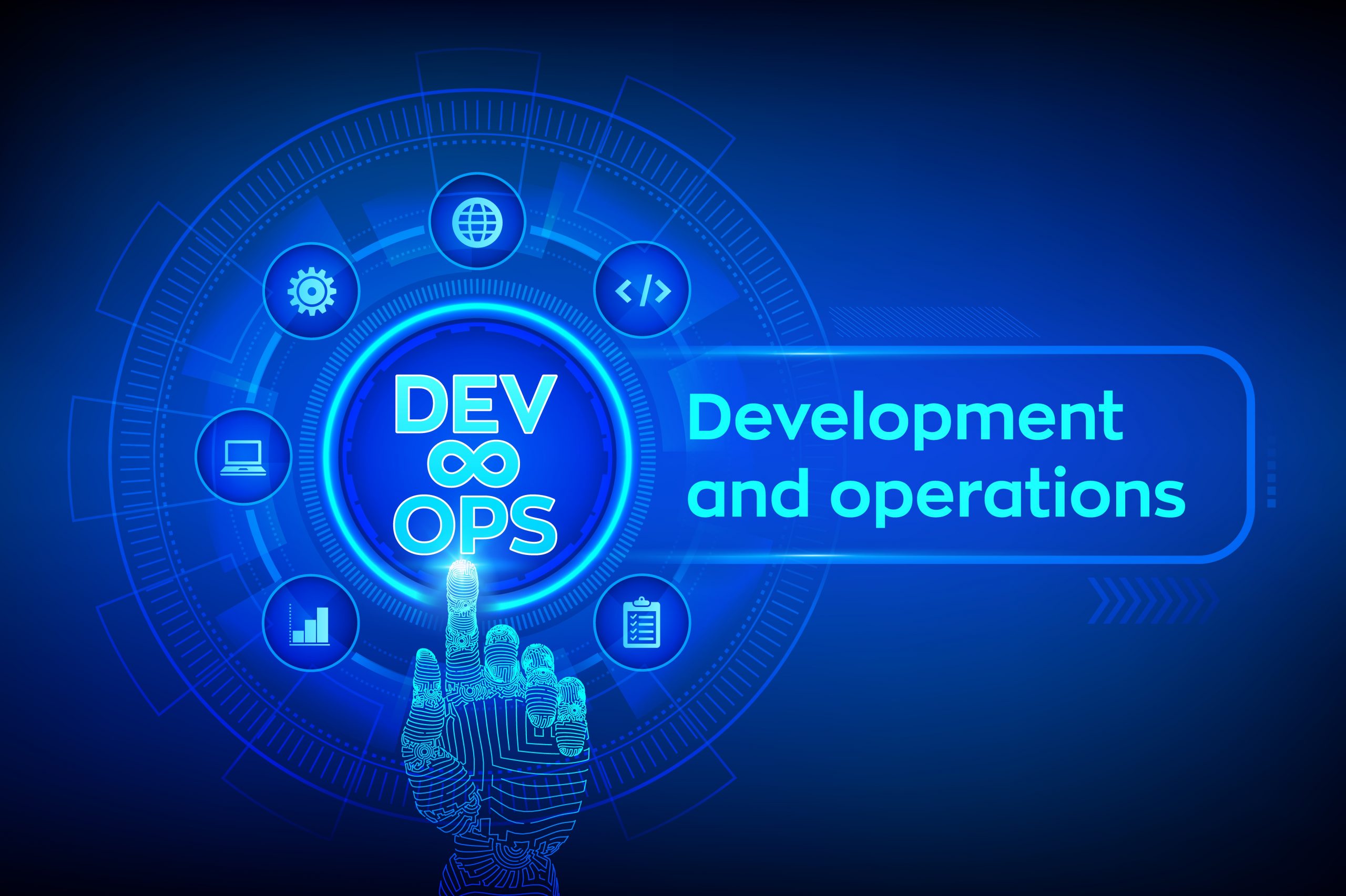The term ‘DevOps’ stems from joining together the words, development and operations; this is meant to highlight a shared or collaborative approach to the tasks conducted by an organization’s application development and IT operation teams.
In broad terms, DevOps refers to the philosophy which promotes improved collaboration and communication between these teams and others in an organization. When interpreted narrowly, DevOps alludes to the adoption of iterative software development, automation, and programmable infrastructure deployment and maintenance.
The terms also denote cultural evolution, such as creating trust and unity between system administrators and developers and straightening technological projects to the requirement of the business. DevOps can result in a shift in the software delivery chain, IT tools, job roles, services, and best practices.
How Does DevOps Work?
Development and operations teams are no longer “silos” in a DevOps structure. These two teams are sometimes combined into a single team where the engineers work across the whole application lifecycle, from development and testing to deployment and operations, and develop a diverse set of abilities that aren’t limited to a particular role.
Quality assurance and security teams may become more closely linked with development and operations, as well as throughout the application lifecycle, in some DevOps models. When everyone in a DevOps team is focused on security, this is referred to as DevSecOps.
These groups employ best practices to automate previously manual and slow procedures. They employ a technological stack and infrastructure that allows them to swiftly and reliably operate and evolve apps. These solutions also assist engineers in independently completing tasks (such as deploying code or supplying infrastructure) that would ordinarily require assistance from other teams, hence increasing a team’s velocity.
What problems Does DevOps Tackle?
Each organization faces unique obstacles, but common issues include protracted release cycles, software that falls short of expectations, and IT that stifles corporate expansion.
A DevOps project advances faster from requirements to live software because there are no wait times, manual processes, or lengthy reviews. Shorter cycle times can keep requirements from shifting, ensuring that the product meets clients’ needs.
DevOps addresses issues of communication and prioritization between IT specialties. Development teams must understand the production environment and test their code in realistic situations in order to create effective software. Development and operations teams are separated in a typical organization. This implies that developers are satisfied when their code performs as expected, and it is up to the operations team to resolve any issues that arise in production.
When a problem emerges, developers in a DevOps culture don’t respond with “It worked on my machine.” The changes that are being rolled out to production are minor and reversible. Furthermore, the entire team is aware of the changes, making incident management much easier.
Companies can take advantage of market opportunities faster if the path from idea to actual software is shortened. DevOps gives organizations a competitive advantage in this approach.
What are the Benefits Business can Gain from DevOps?
- Rapid Delivery
Increase the number of releases and the speed with which they are released so that you can innovate and upgrade your product more quickly. The faster you can deploy new features and solve bugs, the better you’ll be able to adapt to client requests and gain a competitive advantage. Continuous integration and delivery are software release strategies that automate the process from build to deployment.
- Speed
Move at a high rate to provide better customer service, adapt to changing markets, and become more effective at delivering business results. Your developers and operations teams can achieve these goals using the DevOps paradigm. Microservices and continuous delivery, for example, enable teams to assume ownership of services and deploy updates more quickly.
- Reliability
Guarantee the quality of application updates and infrastructural modifications so you can deliver at a faster rate while still providing a great customer experience. To ensure that each change is functional and safe, use continuous integration and delivery approaches. Practices such as monitoring and logging allow you to keep track of performance in real-time.
- Security
Maintain control and maintain compliance while moving swiftly. You may adopt a DevOps paradigm without sacrificing security using automated compliance standards, fine-grained controls, and configuration management approaches. You may create and track compliance at scale using infrastructure as code and policy as code, for example.
What Are Some DevOps Tools?
The DevOps paradigm relies on good tooling to enable teams to deliver and develop for their customers quickly and consistently. These solutions automate tedious activities, assist teams in managing complicated settings at scale, and keep engineers in charge of DevOps’ high velocity. AWS offers DevOps-focused services that are developed from the ground up to work with the AWS cloud. These services assist you in implementing the DevOps concepts mentioned above.
- Cloud Environments
DevOps teams frequently adopt cloud infrastructure at the same time since it allows them to automate deployment, scaling, and other management duties. Amazon Web Services (AWS) and Microsoft Azure are two of the most popular cloud services. CI/CD services are available from a number of cloud suppliers.
- Monitoring
DevOps experts can also use monitoring tools to track the performance and security of code releases on systems, networks, and infrastructure. They can combine surveillance with operational intelligence-generating analytical tools. DevOps teams use these technologies to examine how code changes influence the broader environment. New Relic One, Dynatrace, Prometheus, Datadog, and Splunk are just a few of the options.
- As-a-service Model
DevOps as a service is a delivery model for a set of technologies that makes it easier for a company’s software development team and IT operations team to collaborate. The provider assembles a suite of tools and manages the integrations in this delivery model to cover the entire process of code generation, delivery, and maintenance.
- Containers
Containers are software runtimes that are isolated on a shared operating system. Containers provide abstraction, allowing code to run on a variety of underlying infrastructures, from development to testing to staging to production. The most well-known containerization program is Docker; Microsoft also offers Windows container solutions. Container orchestrators automate the deployment, scaling, and maintenance of containers, such as Kubernetes and commercial Kubernetes deployments Red Hat OpenShift and Amazon Elastic Kubernetes Service.






